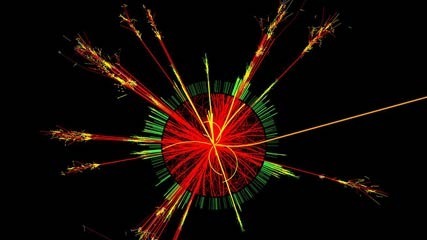Scientists Look to Recreate Big Bang

"Talk about a trip back in time. Scientists have always wondered what it was like at the moment of and immediately after the creation of the universe, generally known as the Big Bang. Soon, they may find out.
By using the world's biggest and most powerful particle accelerator — the Large Hadron Collider, or LHC — researchers will attempt to create, essentially, mini-Big Bangs that will help them study matter that once existed almost 14 billion years ago.
OK, if this all sounds a bit heady — especially for those of us who wonder how we're going to get by until the next paycheck comes around — let's break this down a bit.
First — and we might as well start at the beginning — the Big Bang theory (apart from being a very funny TV sitcom) suggests that the universe was created 13.7 billion years ago when extremely high energy caused a rapid expansion of what is theorized was a very hot and dense state, and it continues to expand outward.
The LHC was built by the European Organization for Nuclear Research, or CERN at its laboratory near the French-Swiss border.
The machine sits in a 17-mile-in-circumference underground tunnel near Geneva and is used to study what the known universe is made of and why it works the way it does. Fundamental particles are made to collide inside the accelerators, and this helps scientists understand more about the laws of nature.
Researchers hope that by colliding lead ions inside the huge LHC "Big Bang machine," they'll be able to recreate what the young universe looked like."
Read more at AOL News (Thanks @XxLadyClaireXx)
Derren Brown's Blog
- Derren Brown's profile
- 797 followers



